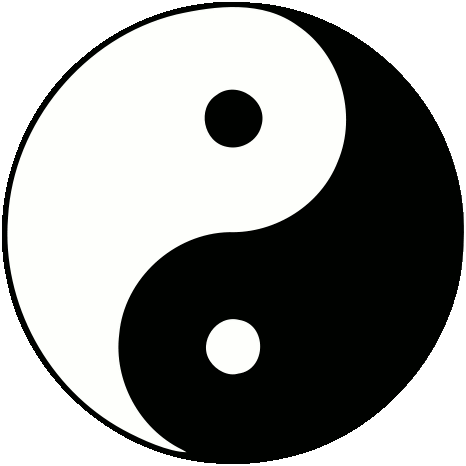Introduction to Traditional Chinese Medicine (TCM)
In this introduction to Traditional Chinese Medicine (TCM) you will learn about the concepts of Chinese nutrition - Chinese Traditional Medicine, or the effects of food on our health - 3000-year tradition in China. Records dating back as far as the third century BC state that there was little difference between the application of foods and that of medicine. Recipes for foods were often similar to thosefor medicines.

"Eat to live, don't live to eat."
Benjamin Franklin
A quote by a famous fourteenth-century physician describes the role of Chinese nutrition within Traditional Chinese Medicine (TCM): “Doctors first have to find the cause for an illness and determine which disharmony prevails. To balance this disharmony,the first and foremost measure is appropriate diet. It is not until this measure bears no results that one should use medicines.”
Chinese nutritional therapy is closely related to acupuncture and medicinal plant medicine and follows the same diagnostic principles

It focuses on the qualitative effects of foods on the body. The term “qi,” which has many meanings in Chinese Traditional Medicine, including life force or life energy, is of vital significance in this context. Health is an expression of balanced qi; disease occurs when qi is unbalanced. The body extracts and absorbs qi from food. Foods, therefore, are mild therapeutic agents that help the body stay balanced, or bring it back into balance. Food classification follows the same criteria used for Chinese medicinal herbs: thermal nature, flavor, organ network, and direction of energyflow.
Chinese culture reflects an awareness of the healing qualities of food as a kind of folk wisdom, even today
Food and health are favorite topics of conversation. “Did you eat well today?” replaces “Hello” as a popular greeting. What we regard as complicated is practiced on a daily basis in China, for example, the simple balancing of hot and cold: Cold weather is balanced by eating foods that have a warming effect on the body, such as ginger tea, garlic, fennel, oats, lamb, salmon, etc. Hot weather is balanced by eating cooling foods such as raw fruit and vegetables, salads or, barley. This knowledge of the healing qualities of food was practiced and treasured in our own culture until recently, but has gotten lost in the trend toward “fast food.” Similar connections between food and medicine have been made since antiquity. Hippocrates recommended “Let food be your medicine and medicine be your food.” Hildegard von Bingen, the eleventh-century German visionary naturalist and healer, used foods for healing by devising energetic classifications that are surprisingly similar to Chinese food classifications. Even the original meaning of the word “dietetics,” drawn from the Greek “diaita”—“life care” or “art of living”—shows the comprehensive meaning of diet as supporting life.Western nutritional therapy, a relatively young science, applies primarily quantitative criteria to food
It classifies food by nutrients such as carbohydrates,protein, fat, vitamins, trace elements, and minerals. For diabetes, for example, it prescribes a quantitative diet that measures the glycemic index of foods. However, there is increasing interest in the qualitative aspects of foods in the Western world, in part due to the rapid increase of food-related illnesses and the observation that people can react very differently and very strongly to the same food. Like acupuncture and medicinal plant therapy, Chinese Traditional Medicine can offer valuable perspectives in this context.Current Western scientific methods are not yet able to offer plausible explanations for the conceptof energetics in Chinese Traditional Medicine
This difficulty in dealing with unfamiliar concepts starts with the term qi, which is viewed with intellectual skepticism in the West. Qi, however, can be experienced through the practice of qi gong (a healing art that combines movement and meditation).Summarized from Chinese Nutrition Therapy, Dietetics in Traditional Chinese Medicine, Joerg Kastner
This short introduction to Traditional Chinese Medicine should be enough for understanding the basic principles of Chinese Nutrition Concept. You will find many connections to Chinese Traditional Medicine all over health-food-supplement.com
Related articles
References and Footnotes:
1)Chinese Nutrition Therapy, Dietetics in Traditional Chinese Medicine, Joerg Kastner, M.D., L.Ac., 2004
Return from Introduction to Traditional Chinese Medicine to Home Page
Go from Introduction to Traditional Chinese Medicine to Yin and Yang
